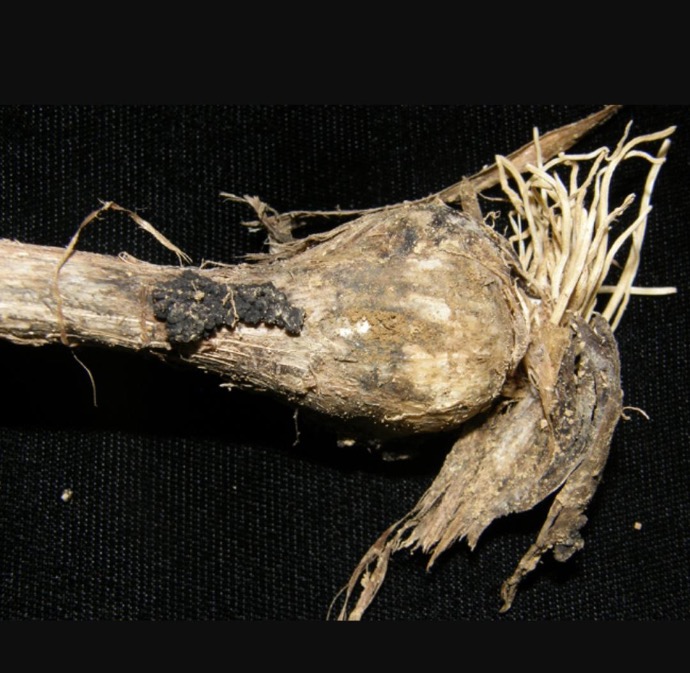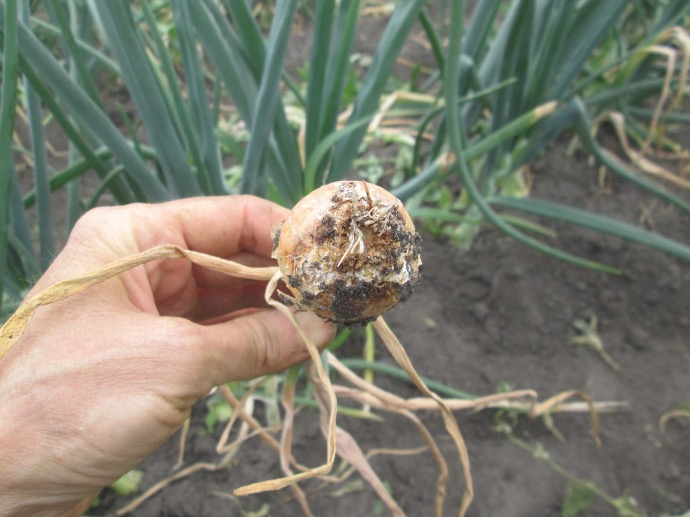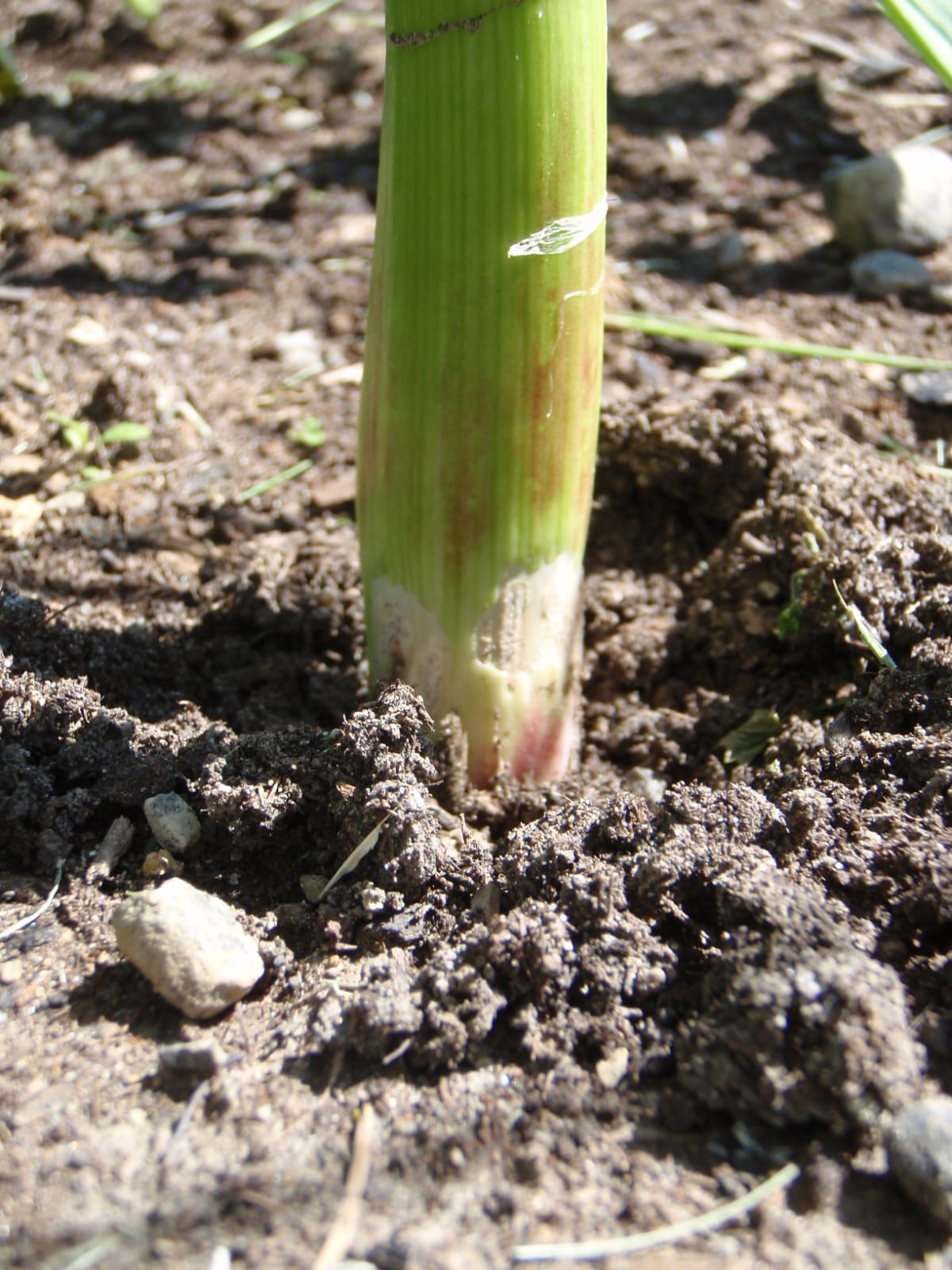Garlic Plant
Garlic is a perennial, 12-24 inches tall, and frost-tolerant. It prefers well-drained, fertile soil in full sun. Keep the soil moist. Garlic is both edible and has medicinal properties.
Habit
Perennial
Height
12-24 inches
Growth
Slow
Soil
Well Drained, Fertile
Shade
Full Sun
Moisture
Moist
Edible
Yes
Medicinal
Yes
Yield Per Plant
500-1000 g/bulb
NPK ratio
Moderate
life Span
No
Health Benefits
Yes
Suggested Grow Media or Potting Mix ?
50% loam, 25% compost, 25% sand
Suggested Fertigation/Fertilizers
Fertilize every 4 weeks with a balanced fertilizer.
Common Diseases and Remedies
Botrytis rot , basal rot
Brown , mushy spots on the bulbs , grey mould on affected areas, yellowing and wilting of leaves , starting from the bottom of the plant, stunted growth, rotting of the base of the stem and roots.
store in cool , dry , well -ventilated place , avoid storing damaged bulbs avoid water stagnation .
HEALTH BENEFITS
- Strong antibacterial, antifungal, and antiviral properties.
- Supports heart health by reducing blood pressure and cholesterol.
- Boosts immunity and may help fight colds and infections.
- Contains allicin, which has anti-cancer properties.
What Is A Garlic?
Garlic is a versatile ingredient in many dishes because of its unique taste. It also has health benefits, including antioxidant properties and anti-inflammatory properties.What is an garlic plant. The garlic plant is a member of the Allium genus and is related to onions, leeks, and shallots. It grows from onions and is known for its spicy taste and aroma. Garlic is often used in cooking and is also valued for its health benefits.

What Are The Different types of garlic:
There are different types of garlic including softneck garlic (Allium sativum var. sativum) and hardneck garlic (Allium sativum var. ophioscorodon). Softnecks such as silvershell and artichoke are often available in supermarkets. Hardneck varieties such as Rocambole and Porcelain have a rich flavor and produce curly buds. There are many different species of each species with different shapes, sizes and colors.

How to Care for Garlic Plants?
1. Location :
Choose a sunny location with good soil. Plant cloves in the fall about 2 inches deep and 4-6 inches apart.
2.Sunshine:
Garlic plants thrive in well-drained soil and prefer sunny locations. Plant lilacs in the fall about 2 inches deep and 4-6 inches apart. Make sure the soil is rich in organic matter and moist. Place a layer of mulch to retain moisture and reduce weeds. Water regularly, especially during the dry season, but do not overwater. Fertilize evenly throughout the growing season. It is usually harvested in late spring or early summer, when the leaves begin to turn yellow and dry.
3.soil:
To care for garlic planting soil, make sure the soil is well-drained and rich in organic matter. Plant the garlic in a sunny location with good humidity, water when the top layer of soil dries. Use mulch around plants to retain moisture, reduce weeds and maintain soil temperature. Fertilize appropriately and avoid overwatering to prevent rot. Rotate garlic crops annually to prevent soil-borne diseases.
4.Hydration:
Garlic plants love well-drained soil. Water regularly to keep the soil evenly moist but not waterlogged. Provide about 1 inch of water per week during the growing season. Reduce watering depending on the bulbs. Avoid overhead watering to prevent fungal diseases. Mulching can help retain moisture and maintain soil temperature. Irrigate correctly according to weather conditions and soil moisture.

5. nourishment:
Use balanced fertilizer in early spring. Use a nitrogen-rich fertilizer throughout the growing season to encourage seed development. Use mulch around plants to retain moisture, reduce weeds and control soil temperatures.
6.Issues:
You can ensure healthy garlic plant growth by providing consistent moisture, proper nutrition and minimizing competition. How to care for garlic plant issue To care for bulbs, make sure they have well-drained soil, full sun and consistent watering. Mulch around plants to retain moisture and reduce weeds. Fertilize carefully, as garlic likes small amounts of nutrients. Watch out for pests and diseases and deal with any problems immediately. Harvest when the lower leaves begin to turn yellow and fade, usually in late spring or early summer. Let the seed dry in a dry, well-ventilated place for a few weeks, then store it in a cool, dark place.
What Are The Benefits of Garlic Plant?
Antioxidant Properties
Anti-inflammatory
Heart Health
Immune System Support
Antibacterial and Antiviral
Cancer Protection
Detoxification
Improves the respiratory system
Rich in nutrients

FAQ's About Growing Garlic Plant
1.How to maintain garlic plant?
Choose well-drained soil and plant cloves individually, upside down, about 2 inches deep and 4-6 inches apart. Keep soil moist, especially during the growing season. Reduce watering as the bulbs do not rot. Apply fertilizer evenly in early spring and when the plant begins to produce bulbs. Use organic mulch to retain moisture, reduce weeds and control soil temperatures. Remove flower stalks (pedicles) that appear to transfer energy to seed growth. Prune off yellowed leaves but allow the plant to continue photosynthesizing. Keep the area around garlic plants free of competition for food. It is harvested when the lower leaves turn yellow and begin to dry. Dig the bulbs carefully and let them dry for several weeks in a dry, well-ventilated place. After hardening, cut off the roots and leaves and store the bulbs in a cool, dry place.
2.What are the uses of garlic plant?
Garlic has many uses, including cooking, medicine, and even as an insecticide in the garden. It adds flavor to dishes, has health benefits such as anti-inflammatory properties, and can be used to repel garden pests. Garlic is also sometimes used in traditional medicine or other types of medicine.
3.Can I grow garlic at home?
Yes, you can grow garlic at home! Use a pot with good drainage, place the cloves upside down, and make sure they get 6-8 hours of sunlight or light a day. Keep the soil moist at all times but not waterlogged. Harvest when the leaves turn yellow and begin to dry.
4.How do you propagate garlic plant either from seeds or cuttings?
Garlic is usually propagated by cloves rather than seeds. Place a clove upside down in well-drained soil and cover with about 2 inches of soil. The distance between them is about 4-6 inches. Garlic and onion will grow with normal water. Propagation by seed is rare as garlic does not usually produce viable seeds.
5.What is the best pot to grow garlic?
To grow garlic in India, choose a pot with good drainage and a depth of at least 8-10 inches. Terracotta or plastic pots work well. Make sure there is a drain to prevent water from collecting. Use a good potting mix and add compost for good growth.


